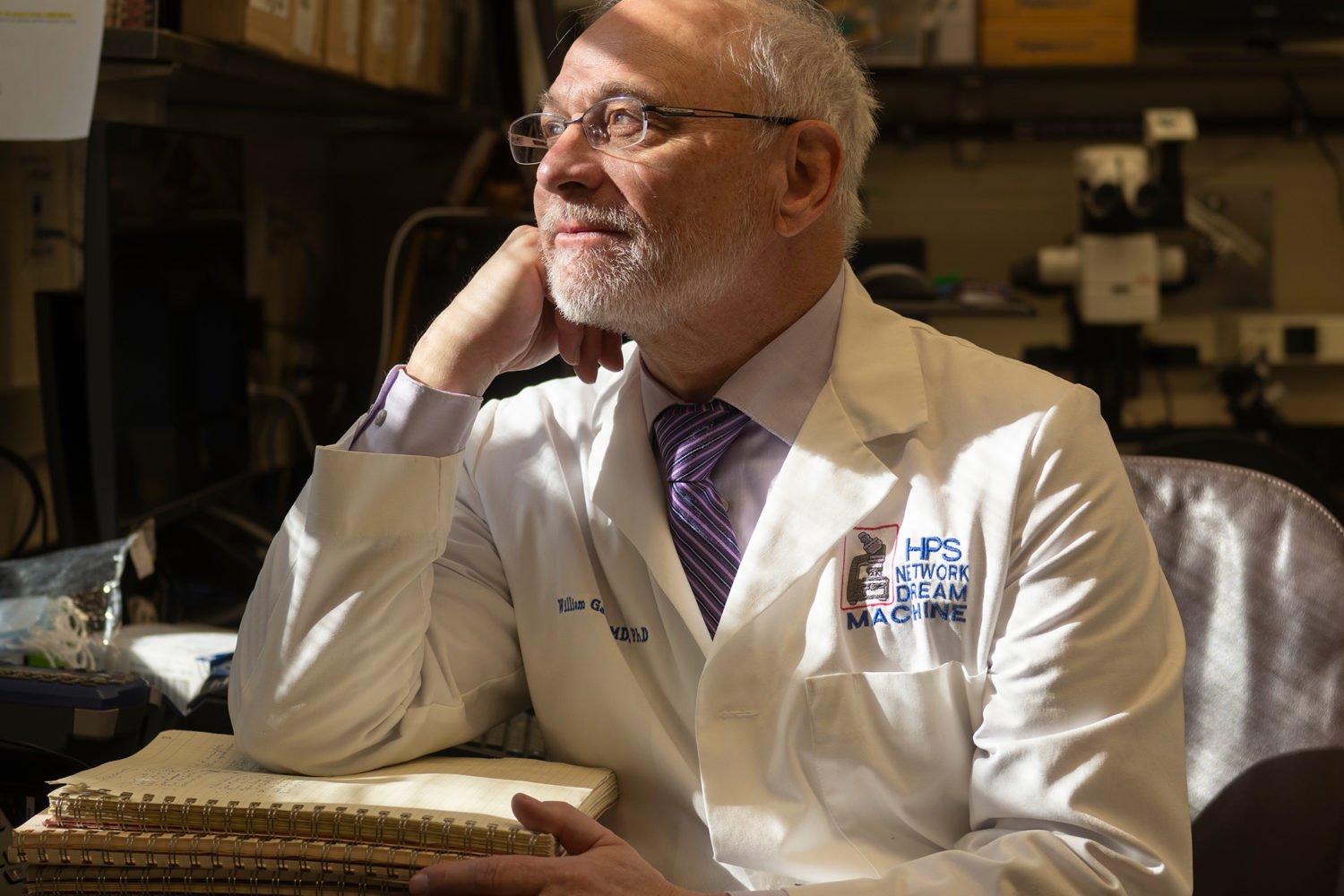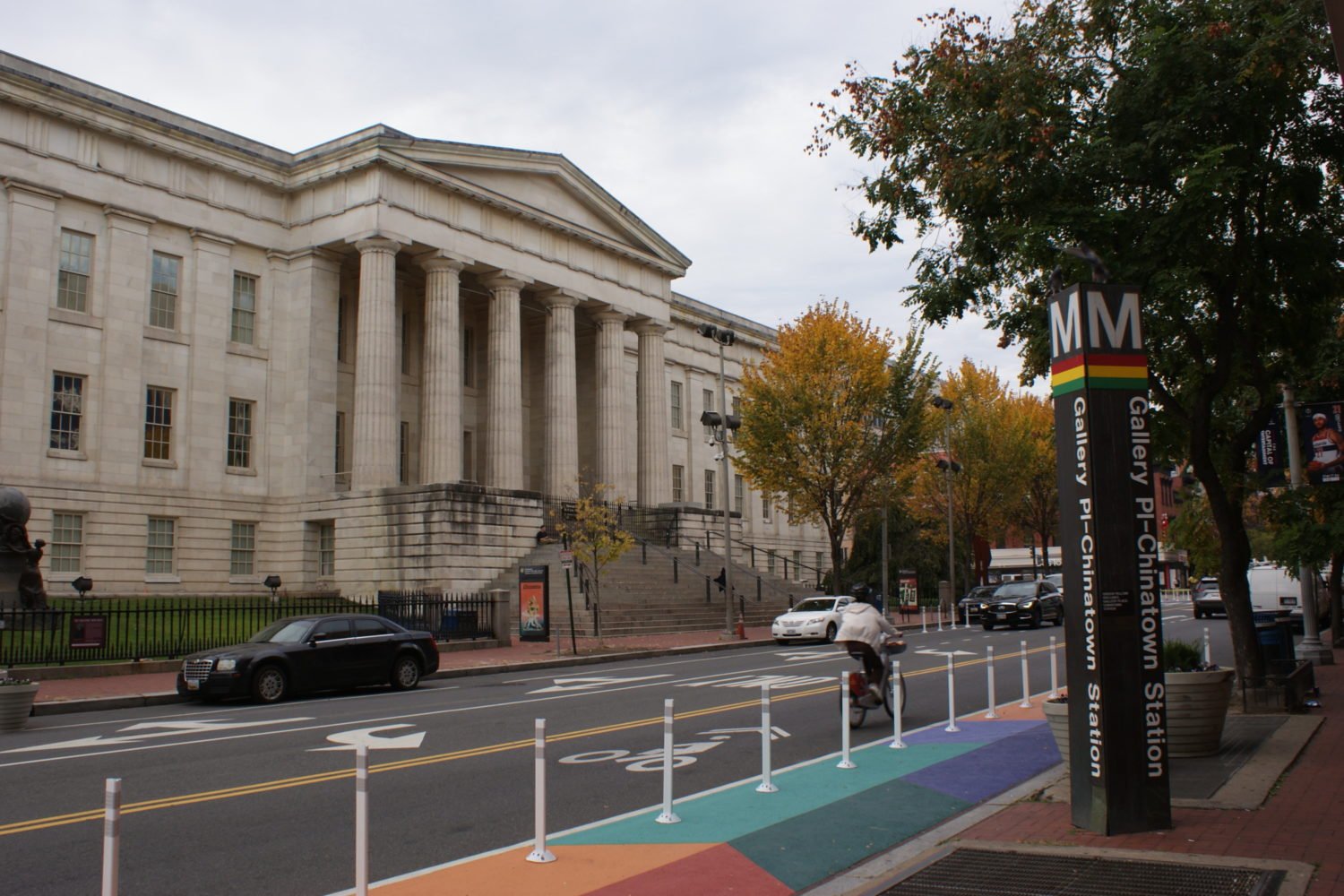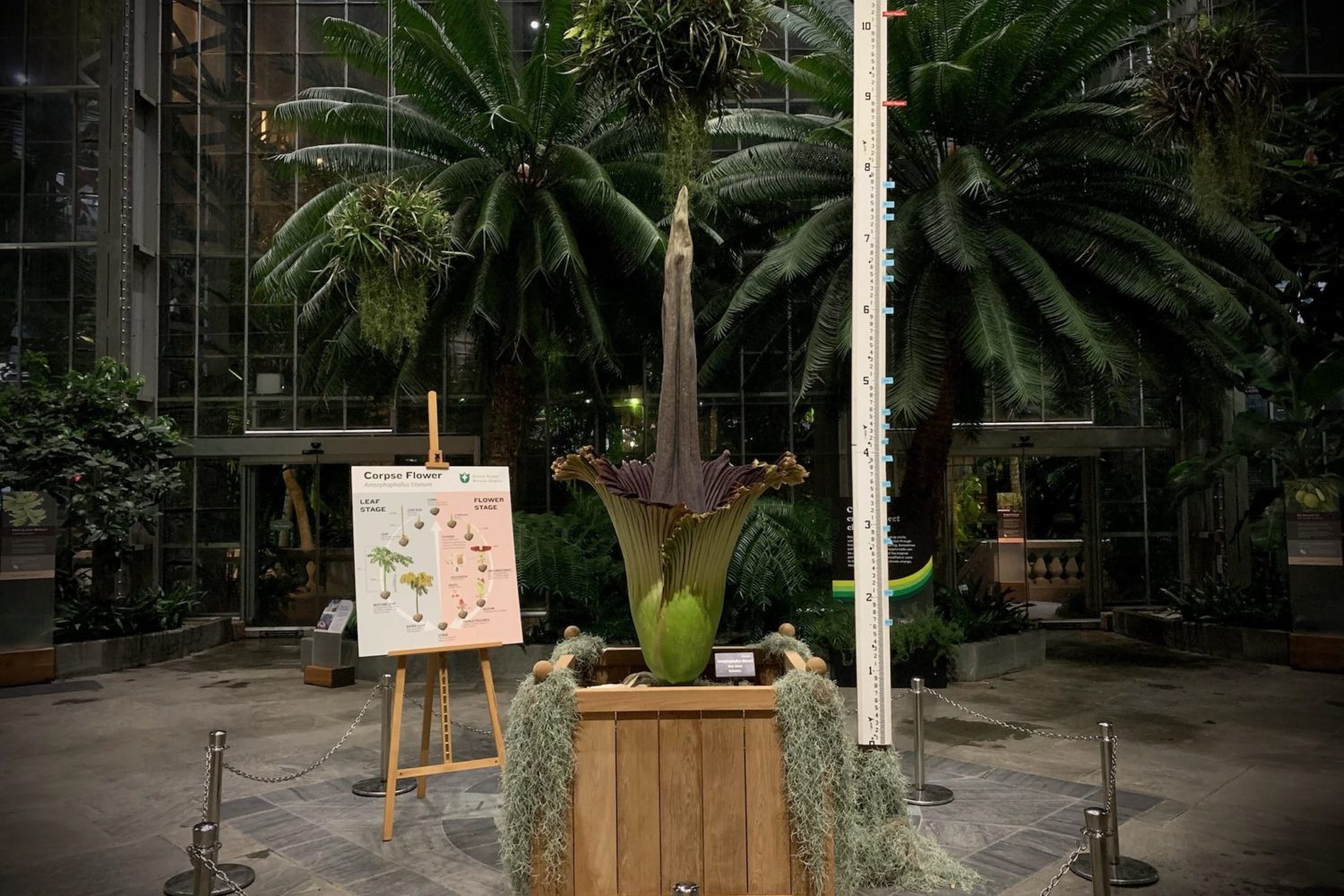In the early 1960s, Robert E. Simon Jr. used 6,750 acres of land in Northern Virginia to launch an assault on the American suburb.
Son of a New York real-estate magnate whose family owned controlling interest in Carnegie Hall, Simon sold that Manhattan landmark to buy property in Fairfax County. Before either Dulles or the Beltway was finished, he planned a suburban community that was nothing like suburbia.
Reston, as Simon envisioned it, would feature a town center and seven village centers, each with a plaza rimmed by a church, bistros, markets, recreation facilities, and more. To avoid the long commutes typical of bedroom-community living, Reston would open its arms to commercial development and the close-to-home jobs it promised. Unlike other suburbs of the day, Reston would welcome families of all races. And rather than plow under Reston’s forests for big houses on big yards, Simon spared the trees and concentrated residents in townhouse clusters and apartments.
Simon’s dreams for Reston—named for his initials, R.E.S.—were never fully realized. Money problems led to his ouster in 1967, and only one of his village centers, Lake Anne Plaza, was built as he envisioned it. But Reston, with its green space and diversity of housing and people, inspired further challenges to traditional suburban development. The Maryland planned community of Columbia and other “town center” developments in the suburbs share DNA with Reston.
Not long after he was forced out of the Reston project, Simon returned to New York, where he helped create the planned community of Riverton, near Rochester. But 16 years ago he came back, settling into a 13th-floor apartment in Heron House, the high-rise that overlooks Lake Anne. At 95, he’s working with Reston officials and neighborhood activists to revitalize Lake Anne Plaza and reshape the town as Metro arrives in the next few years.
Simon talked with The Washingtonian about Reston’s start, Washington’s future, and the secret to a long life.
What was your primary influence for Reston?
I’ve always said that Reston is a collection of things I have most admired. The plaza itself looks like one you’d find in an Italian hill town. The townhouses above shops and with individual front yards—those came from the Embarcadero in San Francisco. The fountain in Lake Anne—that’s a smaller version of a monster fountain on Lake Geneva in Switzerland. Outside of Helsinki is a “new town” called Tapiola; in its village center there is a high-rise building, not too different from Heron House.
What was the reaction to putting such urban features in the suburbs?
We got the most surprising and incredible exposure because it was so different. Life, Look, Fortune, the Wall Street Journal, the New York Times—they all came. The early days were quite heady. The people who came here were like pioneers.
How did things sour?
We were coming out of the ground with Heron House, and getting the banks lined up was more and more difficult. The idea of townhouses and mixed-used development in the boonies was new. I’d been to 40 banks and gotten turned down.
Gulf Oil countersigned for us to get $20 million in financing from John Hancock, but time went by and Gulf wasn’t getting any money back. So the company sent a consultant to advise it whether to continue. The consultant took one look at my desk and my chair and decided they looked really comfortable. Gulf made him president and me chairman of the board.
This new president was determined to make me look like a jackass. At the end of the first meeting with the board, my friend, one of the vice presidents—said, “Bob, you’re going to have to resign.” I said, “You’re going to have to fire me.” So he did.
Did your promise to mix people cause problems?
We sought an investment from General Electric, which had announced that it was going to build 20 “new towns.” We negotiated a deal, and their planners brought their wives here and put holds on houses. Then the decision went to the powers that be at GE, where one of the guys said, “You can’t do that. They’ve got blacks living there.” And the deal was canceled.
I’ve been told for years that the real-estate brokers at the time said we were communists. I recently got confirmation of that. I was at a party with a couple who have lived here for a long time. Before they moved here, they were told, “You don’t want to go to Reston—it’s pinko.”
Of your original ideas, which didn’t become reality?
The idea of village centers went out. We have things in Reston called village centers, but aside from Lake Anne Plaza, they’re just shopping centers.
We also lost the idea that people of different incomes could live happily next door to each other. Reston still has a remarkable diversity of incomes, but rich and poor are not living next door to each other.
James Rouse developed Columbia just a few years after Reston. How did his approach differ from yours?
Jim thought the anchor of each village center should be the school; I thought it should be a supermarket. I think I was right on that one. A lot of people have nothing to do with schools, but everybody has to eat.
Columbia has no town center. It has a huge air-conditioned mall. There’s a Reston-trained guy over there now assigned to build a town center. I don’t know how this can be done without retail, and I don’t know why retail would move out of the mall.
But you call Rouse “the greatest of the great.” Why?
After Columbia, Jim did all sorts of great development for low-income people. Really wonderful stuff.
One day, many years ago, I got a call from a friend of mine, an architect. He said, “I just got approval to do the Boston waterfront, and my developer’s finked out on me. You’ve gotta do it.” I turned him over to Jim Rouse. At that time, I had lost confidence in my ability to do a major project. After getting fired, it was a little difficult to think I could take that on.
Andrés Duany, who created Kentlands, is seen as the founding father of “new urbanism.”
Duany’s an absolutely fantastic publicist. That’s been his contribution—to publicize the idea of mixed uses. Otherwise, he hasn’t contributed anything. He claims to have invented most of this stuff. But new urbanism is neither new nor urban. So he should go down in history as a great publicist rather than as a great planner.
How should Tysons Corner and Reston plan for the arrival of Metro?
At Tysons, I think they should build four or five town centers rather than trying to take the 1,700 acres and make it homogeneous. They could do some lovely small developments. A whole community could fit on 50 or 100 acres, with a plaza, retail, and residential and commercial development.
At the Wiehle Avenue stop planned for Reston, I’m interested in having them develop over the Dulles Toll Road. If they don’t put the foundations in now for air rights, they’re going to be very difficult to get later. We have some wonderful renderings of what could happen with air rights—office buildings, apartments, gardens.
What’s the future for Reston?
They say the Washington area could get 2 million more people in the next few years. We’re going to get our share in Reston.
The “village centers” at South Lakes, Hunters Woods, and Tall Oaks could be torn down and proper village centers built with dense residential. That could absorb a lot of the population.
I’ve been working on revitalization for Lake Anne Plaza for more than five years. The market is such that no developer’s going to come along right now. But the plan would bring in a number of residential units—townhouses and apartments—behind the plaza. That’ll make a big difference. It could be all high-rises. It could be a combination of low-rise and high-rise. It could include townhouses. I know two developers who we’ll be hearing from when the market gets a little better.
Are your original guiding principles for Reston obsolete?
No, but that doesn’t mean they’re all going to happen. It’s difficult to overcome the culture that we live in. It’s a culture where a state-of-the-art bathroom and kitchen are what one needs, plus enough square footage to show everyone that one could afford it. We’ve gone a couple centuries without understanding community. It’s too bad that it’s so hard to communicate what pleasure one gets from living with one’s fellow human being.
Why did you move back to Washington?
I had been in touch with Reston all the way along. They had me down to cut ribbons and such. I had relatives here. When I retired, I called ahead to Heron House to check the size of the elevator. I wanted to make sure my grand piano would fit.
I don’t miss New York. We have everything here—music, art, theater, and of course community. If I were really loaded, I still don’t think I’d want to get a palace in New York and chauffeur-driven cars. I like this kind of place.
What’s the secret to a long life?
I’m often asked that, and I always answer: “One martini every evening.”
This article first appeared in the November 2009 issue of The Washingtonian. For more articles from that issue, click here.

















